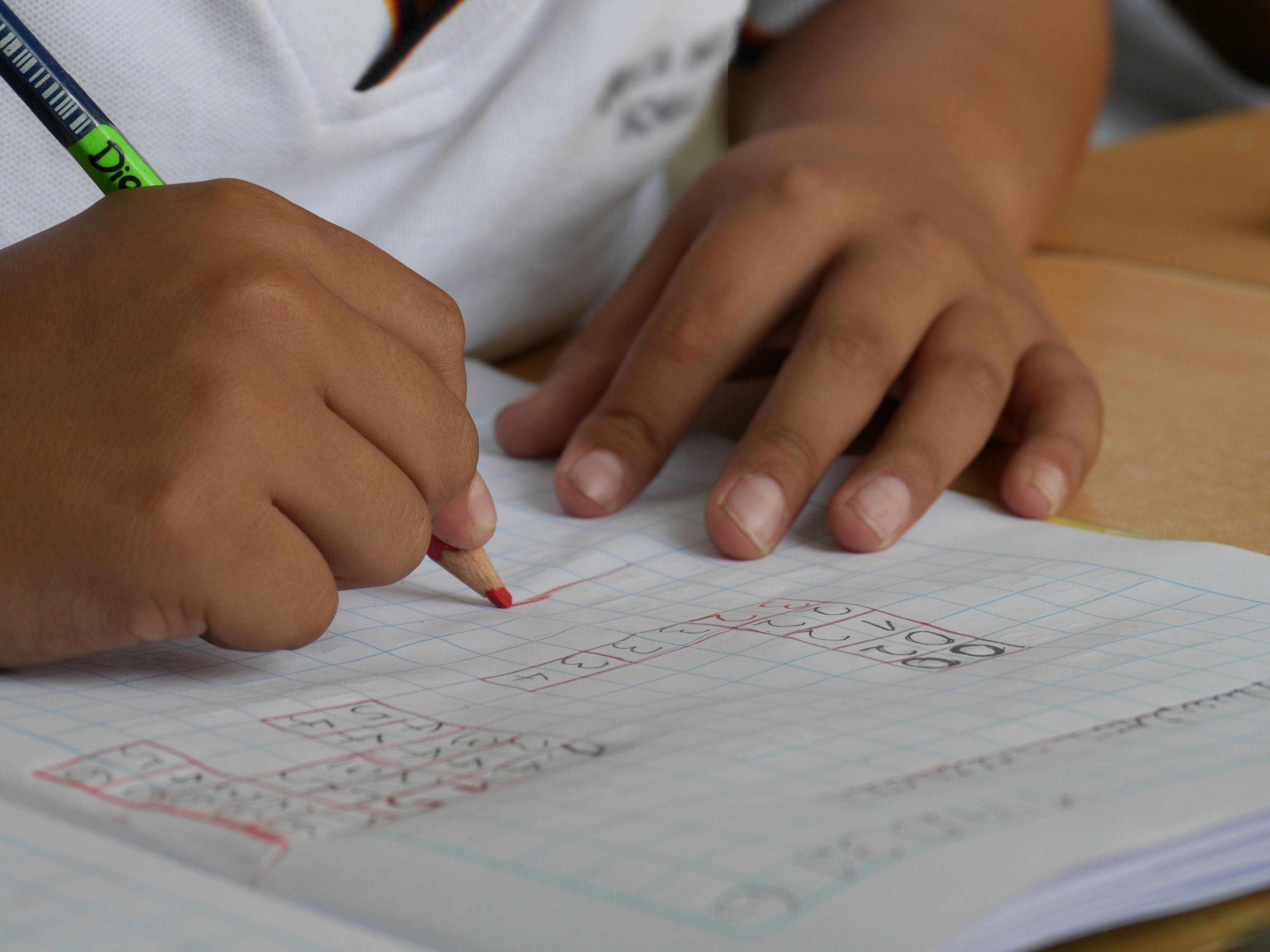Comprehensive Math Curriculum for Special Education
Math education in special education settings requires a tailored approach that recognizes the unique needs of students. In this article, we’ll explore essential strategies, practical implementation guides, and advanced techniques that can help educators create a supportive and effective math curriculum for students with special needs.

Understanding the Fundamentals
When creating a math curriculum for special education, understanding the core principles of both math instruction and special education is essential. A successful curriculum focuses on making math accessible to students with diverse learning abilities and needs.
These principles are grounded in providing clear, structured learning experiences that build confidence and understanding. A well-designed curriculum accommodates various learning styles and provides ample support to help students overcome common challenges.
1.1 The Importance of Concrete Learning
One of the foundational principles in a special education math curriculum is the importance of concrete learning experiences. Visual aids, manipulatives, and hands-on activities are critical to help students understand abstract concepts in a tangible way. For example, using blocks or number lines allows students to physically interact with math problems, reinforcing their learning.
Research has shown that students with learning disabilities, in particular, benefit from these concrete methods, which can significantly improve retention and understanding. This approach also supports the development of problem-solving skills, an essential component of math education.
1.2 Individualized Learning Plans
In special education, one size never fits all. An individualized learning plan (ILP) is essential for ensuring that each student’s unique needs are addressed. ILPs allow for customized instruction that targets specific areas where the student struggles, ensuring progress at an appropriate pace.
These plans may include modifications such as breaking tasks into smaller steps, offering extended time, or using different types of assessments to gauge student understanding.
Practical Implementation Guide
Now that we have explored the fundamentals of a math curriculum for special education, it’s time to dive into how to implement these principles in the classroom. The following guide provides actionable steps for educators to begin developing a curriculum that works for their students.

2.1 Actionable Steps
- Step 1: Identify Student Needs: Begin by assessing each student’s strengths and weaknesses. This can be done through formal assessments, observations, or collaboration with other educators.
- Step 2: Develop Customized Lessons: Tailor each lesson to the individual needs of your students. Incorporate visual aids, manipulatives, and simplified instructions wherever necessary.
- Step 3: Integrate Technology: Utilize educational apps and digital tools that are designed to support students with learning disabilities. These resources often provide interactive and visual ways to practice math concepts.
2.2 Overcoming Challenges
While implementing a math curriculum for special education can be incredibly rewarding, it does come with its own set of challenges. Here are some common obstacles and solutions:
- Obstacle 1: Lack of engagement: Some students may struggle to stay motivated during math lessons. Solution: Incorporate games, rewards, and peer interactions to make math more engaging.
- Obstacle 2: Difficulty with abstract concepts: Many students find abstract math concepts challenging. Solution: Use concrete materials and visual aids to help students connect with these ideas.
- Obstacle 3: Inconsistent progress: Students may progress at different rates. Solution: Use differentiated instruction and allow for flexible pacing, providing extra time as needed.
Advanced Applications
As you gain more experience with implementing a math curriculum for special education, you may want to explore advanced strategies that can further support your students’ growth. These techniques are designed to challenge students and take their learning to the next level.

3.1 Project-Based Learning
Project-based learning (PBL) allows students to apply mathematical concepts in real-world contexts. In a special education setting, PBL can be particularly effective for building problem-solving skills, improving collaboration, and increasing motivation. For example, students might work on a group project where they calculate the cost of supplies for a class event.
Recent studies suggest that PBL helps students retain mathematical concepts for longer periods while fostering a deeper understanding of the material. By engaging in hands-on, meaningful projects, students develop both academic and life skills.
3.2 Math Across the Curriculum
Integrating math with other subjects, such as science, art, or social studies, is an advanced approach that can provide a more comprehensive educational experience. For example, students could use math to measure ingredients in a cooking class, understand patterns in art, or calculate distances in geography lessons.
This interdisciplinary approach helps students see the real-world applications of math and encourages them to make connections between different areas of learning.
Future Outlook
The future of math curriculum development for special education is likely to see an increasing emphasis on personalized learning, aided by technological advancements. The rise of artificial intelligence and adaptive learning platforms will make it easier for educators to create individualized learning experiences for each student.
Looking ahead, educators will need to stay up-to-date with the latest tools and methodologies to continue providing high-quality math instruction that meets the diverse needs of students with special needs.
Conclusion
In conclusion, developing a math curriculum for special education is a dynamic and rewarding process that requires careful consideration of each student’s unique needs. By understanding the core principles, implementing effective strategies, and exploring advanced techniques, educators can create a supportive learning environment where all students can thrive.
As you move forward, remember to stay flexible, embrace innovative tools, and focus on building students’ confidence and problem-solving skills. The work you do will have a lasting impact on their educational journey.
Frequently Asked Questions
- Q: How do I assess math skills in special education? Use both formal assessments and informal observations. Adapt assessments to reflect individual learning styles and provide a range of question types.
- Q: What is the first step in developing a special education math curriculum? Start by understanding each student’s current math abilities and learning needs. Build on their strengths while addressing areas for improvement.
- Q: How long does it take to see results in special education math? The timeline for progress can vary. Typically, measurable improvement can be seen in 3-6 months, depending on the frequency and consistency of the instruction.
- Q: What resources are available for special education math teachers? There are many resources, including educational software, teaching guides, and professional development courses that focus on math instruction for special needs students.
- Q: How does special education math differ from traditional math instruction? Special education math emphasizes individualized learning, hands-on activities, and visual aids to make abstract concepts more accessible.
- Q: What skills do teachers need to teach math in special education? Teachers need a deep understanding of both math concepts and special education strategies, including patience, flexibility, and creativity in adapting lessons.
- Q: Can project-based learning work for special education students? Yes, project-based learning can be highly effective in special education as it engages students with real-world problems and encourages teamwork and problem-solving.

